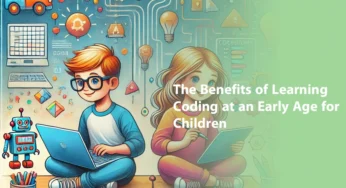DiYES International School - Teaching children coding from an early age provides numerous advantages for their growth and future. Coding…
DiYES International School, nurturing the natural curiosity and creativity of young children is at the core of its early childhood…
As we enter 2024, the landscape of children's education continues to evolve rapidly, driven by advancements in technology, changes in…
